Last updated on
Because limestone is a versatile and malleable material, this article dives into creative sculpture ideas that transform bare limestone into breathtaking artworks.
We have designed unique ideas to inspire you. You won’t find these anywhere else!
Exploring Ancient Limestone Sculpture Techniques

Ancient techniques for limestone sculpture include the subtractive method, where artists carefully remove material to shape their creation. Tools like chisels, mallets, and bow drills were employed for precision work, reflecting the artistry and skills of past civilizations.
Relief carving, where images protrude from a flat surface, was also a prominent method, adding depth and narrative to stone surfaces.
Limestone Sculpture Restoration and Preservation

Restoration efforts focus on mitigating the effects of weathering and pollution to preserve the original detail and integrity of limestone sculptures. Techniques involve careful cleaning, consolidating fragile areas, and sometimes filling in lost portions with compatible materials.
Preservation practices include regular maintenance, applying protective coatings, and controlling the surrounding environment to slow deterioration.
Creating Detailed Animal Figurines From Limestone
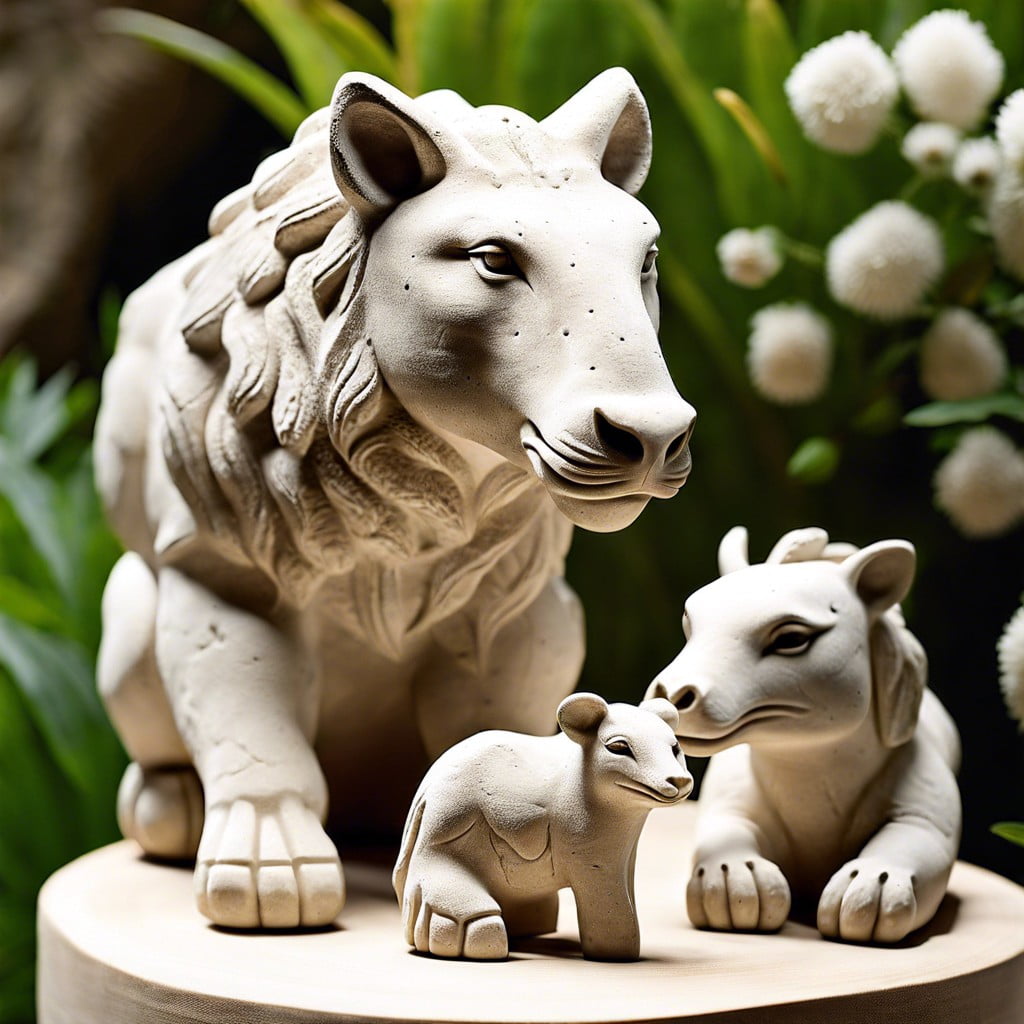
Limestone’s fine grain and durability make it an apt material for carving intricate animal figures, capturing lifelike details from textured fur to delicate features.
Artists can achieve a range of expressions and postures, bringing a sense of motion and realism to the sculptures.
These figurines serve as timeless decor, educational models, or totems representing cultural or personal significance.
Impressionism in Limestone Carving
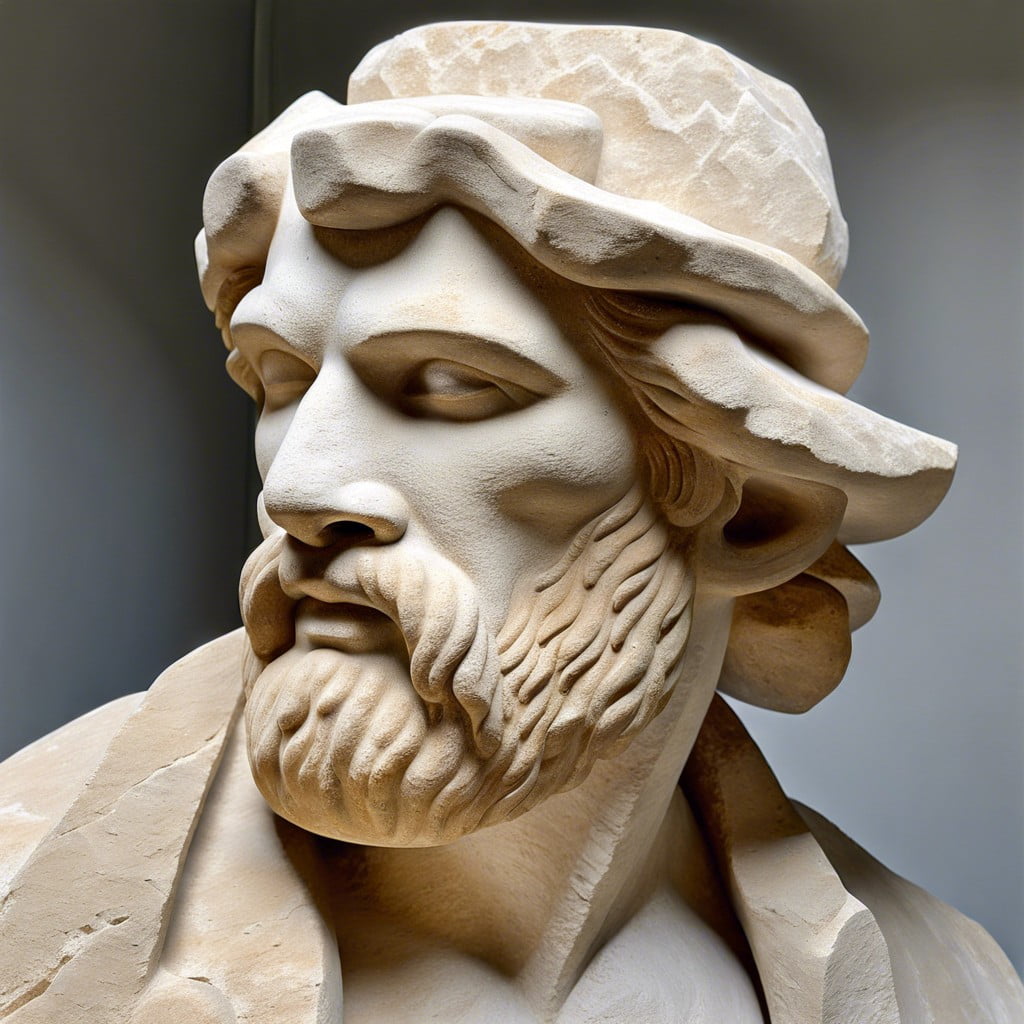
Impressionistic limestone sculptures capture fleeting moments and emotions through abstract forms and textured surfaces.
This style often prioritizes the play of light on the stone, evoking a sense of movement and spontaneity.
The technique emphasizes the artist’s individual brush strokes or chisel marks, imbuing each piece with a unique, tactile quality.
Limestone Sculptures and Environment Sustainability
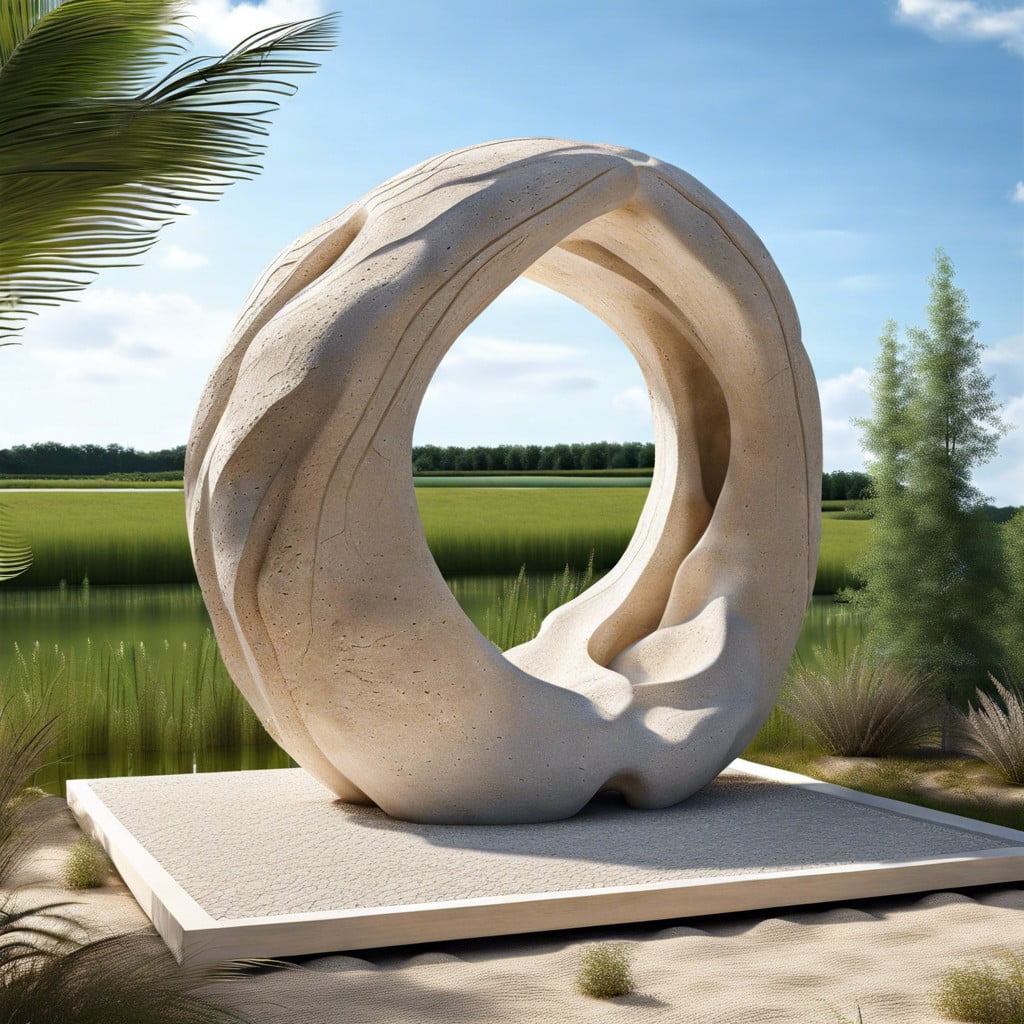
Sculptors select locally sourced limestone to reduce environmental impact from transportation.
Carving techniques are adapted to minimize dust and material waste, promoting a cleaner work process.
Finished works often convey themes of nature conservation, inspiring public dialogue on ecological sustainability.
Behind the Scenes: A Day in the Life of a Limestone Sculptor
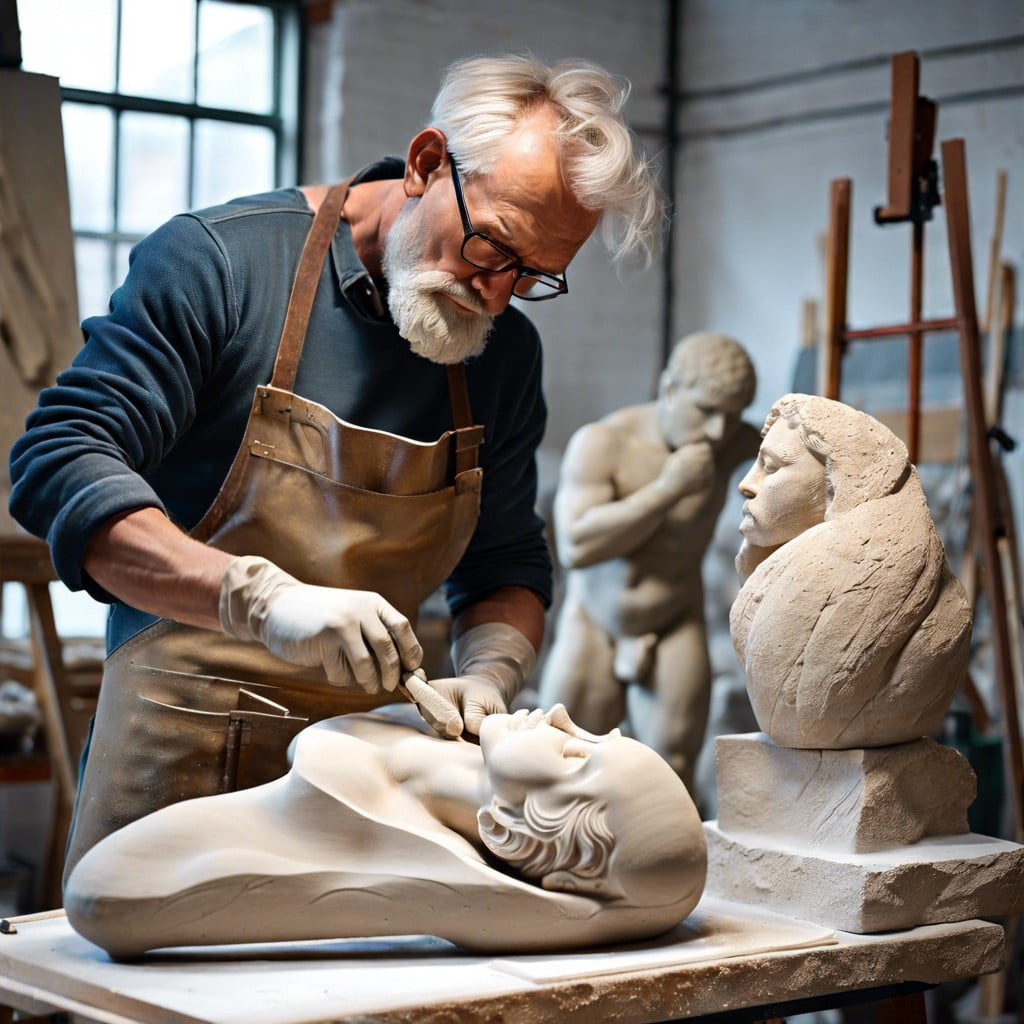
Limestone sculptors often begin their day by selecting the right stone, considering factors such as grain, color, and purity.
Throughout the day, artisans can be found meticulously carving, using both hand tools and modern machinery to slowly reveal the sculpture’s form.
The studio atmosphere is typically dust-filled, punctuated by the sound of chiseling as sculptors refine their creations with precision and patience.
Limestone As an Expressive Medium in Abstract Sculpture
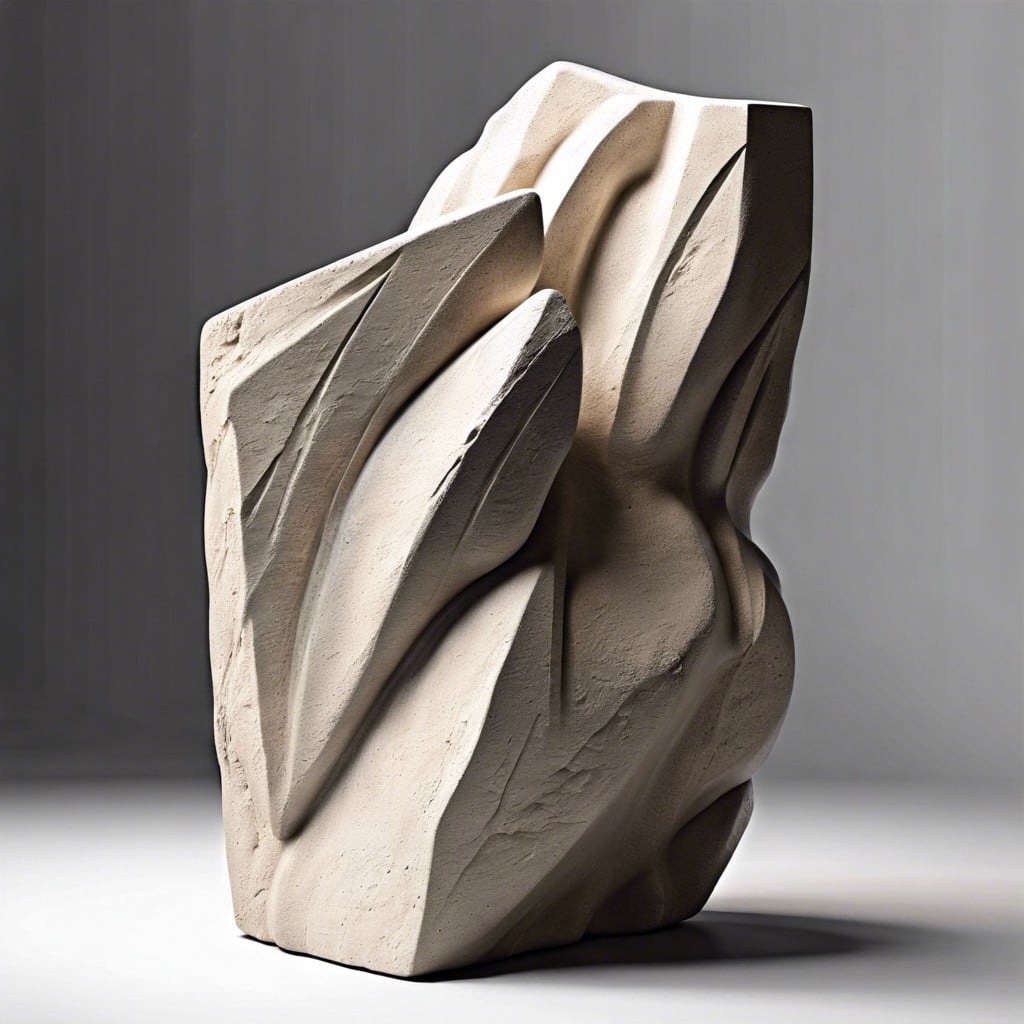
Limestone’s variability in texture and color lends itself to the creation of unique abstract forms, capturing the essence rather than the exact representation of subjects. Artists exploit its softness to manipulate the stone into curves and contours that evoke emotion and thought.
Abstract limestone sculptures serve as a testament to the material’s versatility, often becoming focal points in gardens and galleries, where they invite interpretation and contemplation.
Incorporating Mythology in Limestone Sculpture
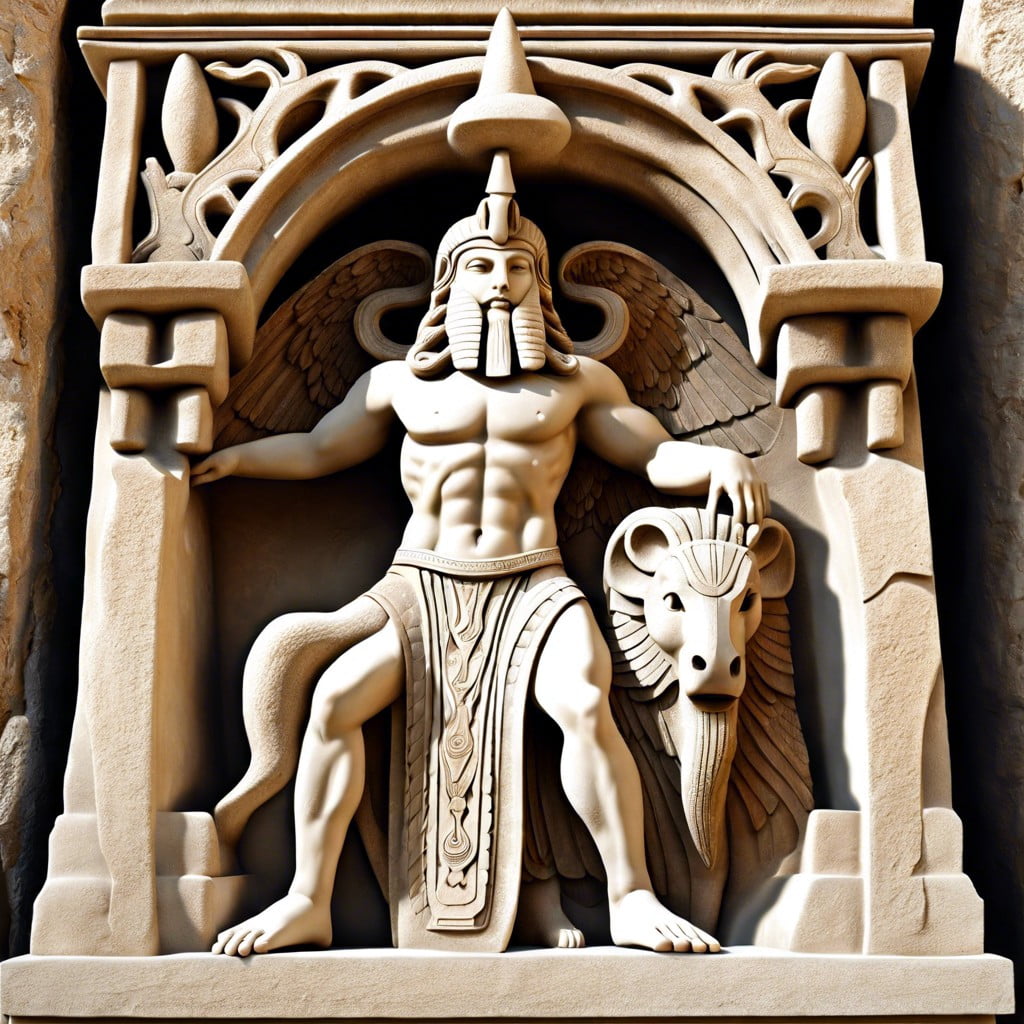
Mythological figures immortalized in limestone lend a timeless narrative to garden landscapes and public areas. Sculptors draw on ancient legends to craft pieces that evoke the mystical and classical eras.
These creations often serve as cultural landmarks, merging art with the enduring tales of gods, heroes, and mythical creatures.
Romanticism Evoked Through Limestone Sculptures

Limestone sculptures inspired by the Romantic era often capture the movement’s emphasis on emotion and the sublime. These works frequently depict scenes of nature’s grandeur or human passion, drawing on the dramatic contrasts and soft curves suited to limestone’s malleability.
Sculptors utilize the stone to convey Romanticism’s fascination with the past and mystical, using figures and scenes that evoke a sense of awe and nostalgia.
Evolution of Limestone Sculptures in Public Spaces
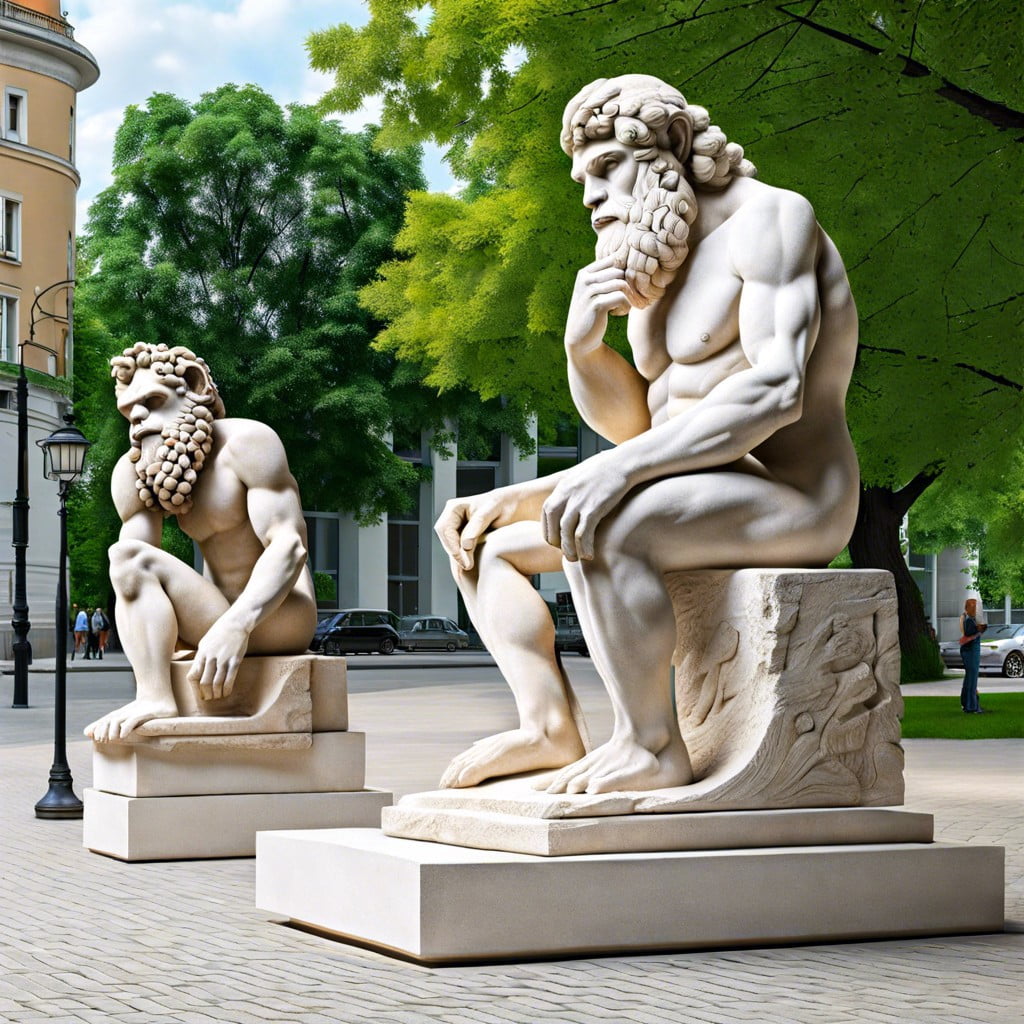
Public spaces often feature limestone sculptures as timeless centerpieces, reflecting cultural and historical narratives. These artworks have evolved from classical representations to modern abstract forms, engaging with communities in diverse ways.
Evident in parks, squares, and urban landscapes, limestone’s durability ensures that these sculptures become lasting landmarks and talking points for both residents and visitors.




